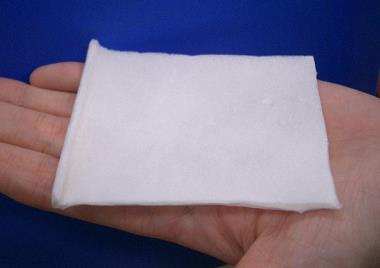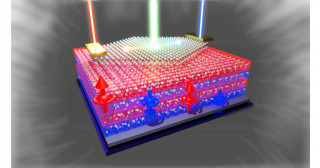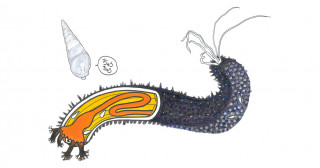Kyoto University lowers costs and improves treatment potential
Kyoto, Japan -- Following successful clinical trials, Naoki Morimoto and his research team at Kyoto University's School of Medicine have received Japanese government approval for the use of a new type of artificial skin, intended for treatment of chronic skin ulcers and other dermatological conditions.
The new artificial dermis was developed specifically to improve skin and blood regeneration by concentrating growth factors. The team reports that since the material is not embedded with living cells, the production costs are tenth of currently available products.
Existing artificial skins have seen significant success over the years, except that real skin regrowth does not generally occur on the treated areas due to insufficient blood flow.
As an improvement, recent techniques have involved embedding living cells or growth factors into the skin material to promote healing and cell growth. However, growing enough living cells for an artificial dermis requires significant time and cost, and these materials could not deliver growth factors efficiently over an extended period.
Morimoto team's new artificial dermis improves current designs with changes to sustain positively charged growth factors such as basic fibroblast growth factor -- bFGF -- known to promote tissue regeneration. The new skin releases bFGF gradually for at least 10 days .
Clinical trials involving 17 patients were conducted from May 2010 to June 2011 at Kyoto University Hospital, 16 showing improved wound beds and no serious adverse reactions.
Now that the skins have gained final approval as a medical device, garment manufacturer Gunze Limited will begin sales in the summer of 2018.

New artificial skin dramatically improves treatment prospects at a reduces cost (Kyoto University / Naoki Morimoto)





